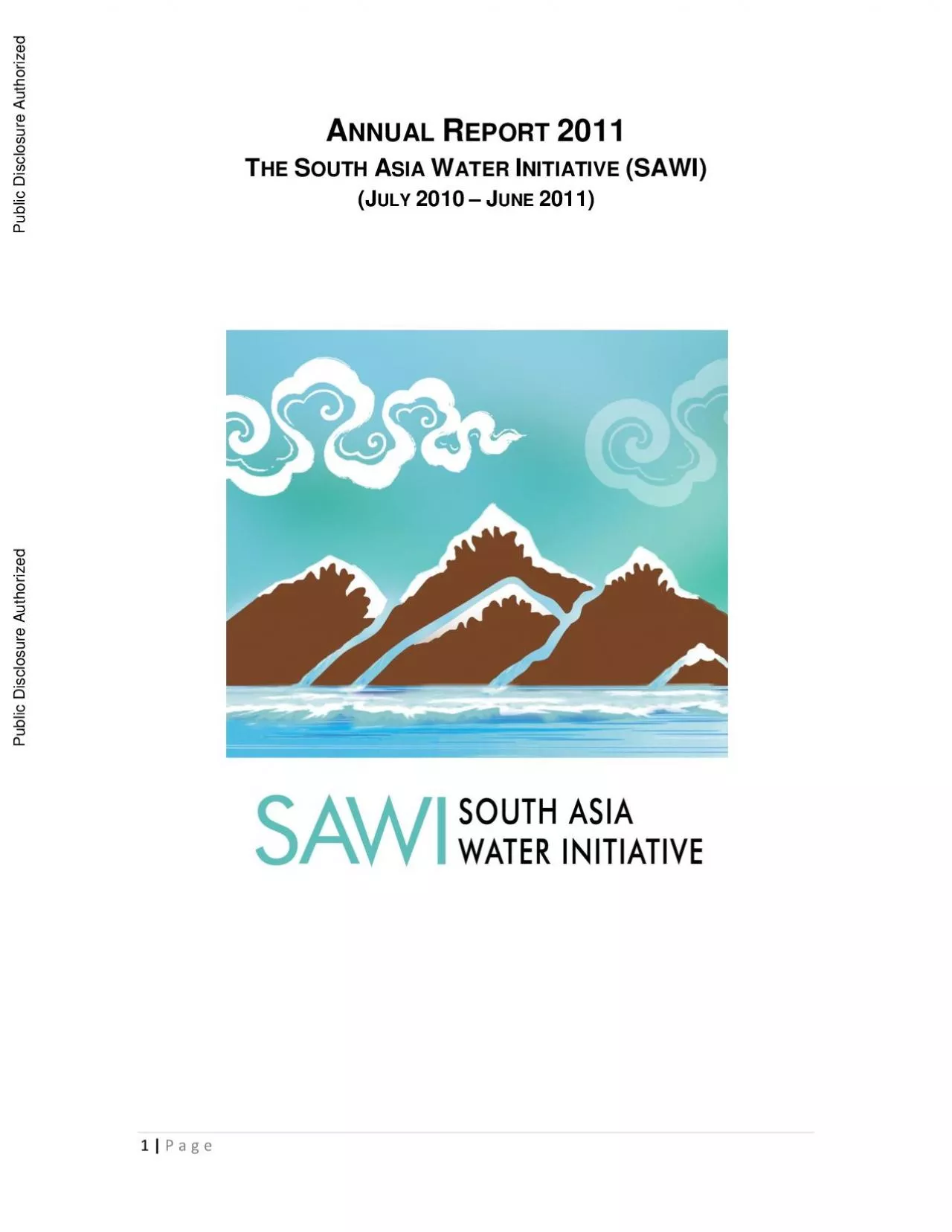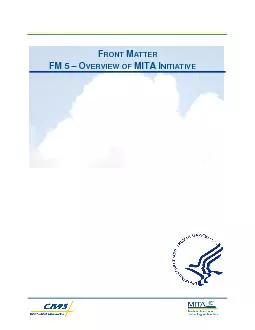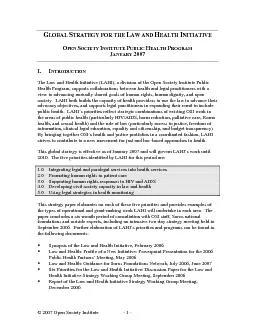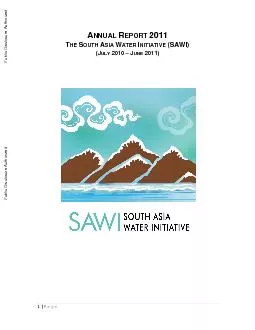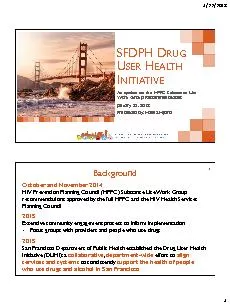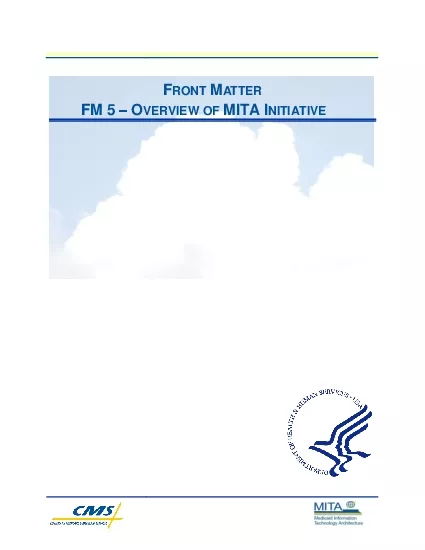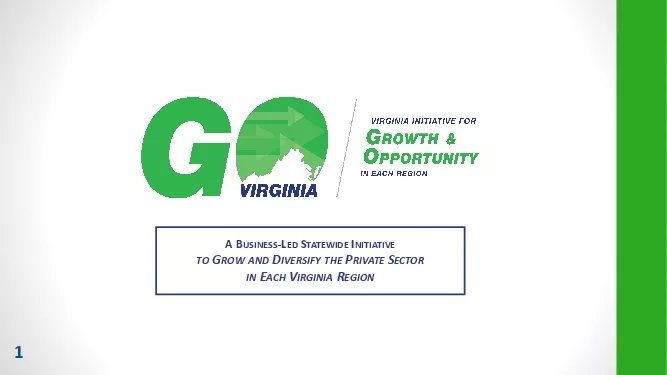PDF-NITIATIVE
Author : jade | Published Date : 2021-08-23
1PageANNUAL REPORT2011THE SOUTH ASIA WATER ISAWIJULY 2010JUNE 2011Public Disclosure AuthorizedPublic Disclosure AuthorizedPublic Disclosure AuthorizedPublic Disclosure
Presentation Embed Code
Download Presentation
Download Presentation The PPT/PDF document "NITIATIVE" is the property of its rightful owner. Permission is granted to download and print the materials on this website for personal, non-commercial use only, and to display it on your personal computer provided you do not modify the materials and that you retain all copyright notices contained in the materials. By downloading content from our website, you accept the terms of this agreement.
NITIATIVE: Transcript
Download Rules Of Document
"NITIATIVE"The content belongs to its owner. You may download and print it for personal use, without modification, and keep all copyright notices. By downloading, you agree to these terms.
Related Documents

